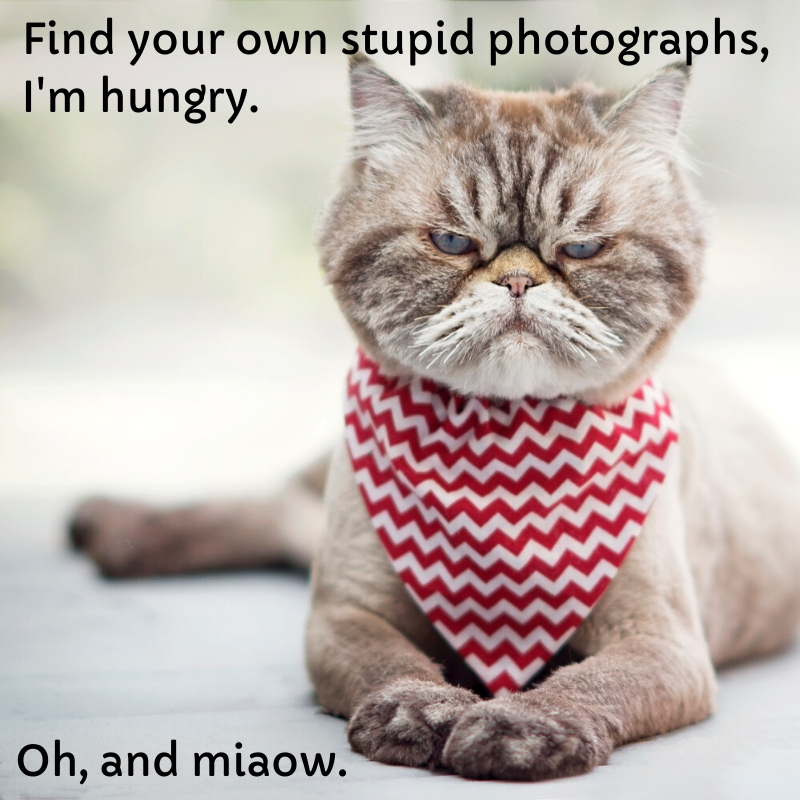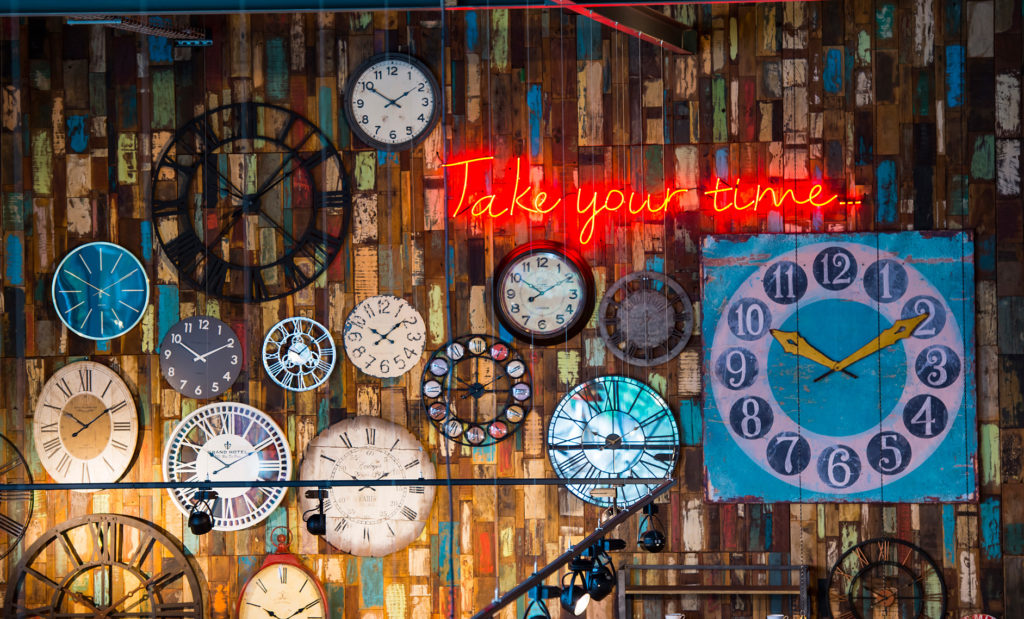4 Things Your Content Marketing Manager Wants to Know About Images
Guest Blog by Julija Maceviciute for The Stop Effect (The official blog for Sponsta)
We use pictures for sharing news, expressing emotions, stating opinions, and making jokes.
We attach images to our text messages like a period at the end of a sentence, or even skip the text altogether. Pictures notably enhance communication and become more of a language. Likewise, nonverbal parts of communication shouldn’t be neglected by marketers — but why? Let’s take a look at why you need to incorporate images into your content marketing strategy.
1. Images grab attention
Fast and easy access to digital content has contributed to an information overload. Already in 2011 people were exposed to the equivalent of 174 newspapers worth of information per day, and the amount has only been increasing. The social media world is oversaturated with content — users of Facebook, Instagram, Twitter and similar channels are exposed to hundreds of posts on a daily basis. Facebook alone has reached 1.09 billion daily active users, who share 1.3 million pieces of content every minute.
As a result, it is becoming immensely hard to stand out, and even if you do, attention spans are extremely limited. Eye-tracking studies suggest that people tend to scan texts on the web without poring over the information itself. On average, users read only 20% of the web content they are exposed to. In turn, relevant images on websites and overloaded newsfeeds help to draw attention and increase the user’s willingness to read the text.According to content marketing influencer Jeff Bullas (recognized by Forbes as one of the world’s top marketing talents), textual content with images receive 94% more views than content without any visuals.
2. Images are easier to identify with
Humans are very visual beings. For our brains, images are easier and faster to process: in fact, the brain decodes visual information 60,000 times faster than text. Moreover, 90% of information sent to our brains is visual. As a result, images make it far easier for people to process information, especially for recent generations that grew up learning primarily through visuals.
What’s more, images are a universal language understood by everyone. As Walt Disney noted, “Of all of our inventions for mass communication, pictures still speak the most universally understood language”. Even though he was referring to cinema, the point highlights the power of visual imagery. Time has passed, but the statement remains as relevant as ever.
3. Images help to remember content
People are more likely to remember visual images than other types of content. This goes back to the so-called “picture superiority effect” in psychology — a phenomenon in which humans are far more likely to remember images than words.
According to the book Brain Rules (a New York Times bestseller that reveals the way our brains actually work), when people receive a piece of information, they are likely to remember only 10% of it 3 days later. Yet, when the same information comes with a relevant image, people are able to recall 65%. Moreover, based on AdWeek, people on average remember only 20% of what they read, but a solid 80% of what they see. The outcome is pretty clear — if you want your audience to remember the content, visuals are a must.
4. Images increase engagement
Content with images generates higher engagement rates. On average, people are more willing to spend time looking at an image than reading text, not to mention show a greater propensity to like, comment or share that image.
HubSpot analysed the engagement rates of companies’ Facebook posts and found that images received 53% more likes than other posts, and 104% more comments. Likewise, adding an image to a Twitter post has a significant positive effect on clicks and retweets. Blog posts and digital articles with visuals are 40 times more likely to be shared on social networks. There is a solid amount of data on the use of imagery to explore further, but all of it leads to the same conclusion — higher engagement rates.
As we can see, in 2016 it is still safe to say that “a picture is worth a thousand words”. So have your visuals ready!
Visuals by Daniel Aristizábal for The Stop Effect.






